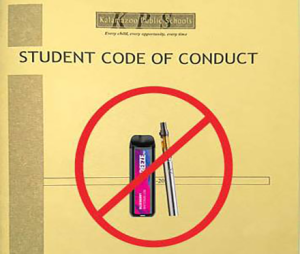
You enter the D-wing bathroom. You’re greeted with the familiar smell of skunk and sickeningly fruity aromas. You think to yourself, “how does the school manage this problem?”
According to the official Kalamazoo Public Schools district policy, “The district will establish a tobacco-, drug-, marijuana-, and alcohol-free learning and working environment.”
Administrators for Kalamazoo Public Schools fight very hard to react to and prevent student usage of prohibited substances.
According to the CDC, 14.1% of high school students use nicotine vapes, and 22% of high school students have admitted to using marijuana in the past 30 days.
Principal Christopher Aguinaga has observed that the legalization of marijuana in 2018, and the accessible nature of nicotine vapes, has led to an increase in the usage of these substances within the student population.
Administrator Andrew Muyesenburg has worked closely with Loy Norrix campus safety for over two years to enforce rules and mitigate the increased use among students.
“So we follow the student code of conduct, and there are suspensions involved. Parents are contacted, and then we go from there,” said Muyesenburg.
Muyesenburg emphasizes how the school follows the Student Code of Conduct and rarely gets law enforcement involved.
“I am not going to have a kid get an MIP [minor in possession]. I don’t want that to come from the school, but we can turn that student over if needed,” Muysenburg said.
Principal Aguinaga is another administrator who has been involved with the enforcement of the Code of Conduct, as it tries to link state law and school policy.
“Illegal substances are a Category 3 violation of the Student Code of Conduct, but state law forces discipline in a very individualized fashion,” Aguinaga said. “Under state law, there is something called a mitigation checklist that we have to follow for every student before we issue any disciplinary action. We have to take into account the student’s age, maturity, if they have a disability, prior disciplinary records and several others. Essentially, we have to look at the kid as they are.”
The possession or sale of illegal substances could result in a suspension, exclusion, expulsion, juvenile court petition or permanent expulsion. The mitigation checklist is applied to see what punishment, if any, is appropriate for the student.
“At the building level, the most we can do is give a ten day suspension. Anything above ten days is considered an exclusion or expulsion, which requires a due process hearing at the central office and then a recommendation from those administrators to the Board of Education,“ said Aguinaga.
All substances aren’t treated the same, however. For example, a student may face harsher punishment for marijuana usage due to its hallucinogenic nature, which can affect their in-school performance, than a student who was vaping nicotine.
The amount of the substance found also affects what disciplinary action the school will take.
“We tend to be more punitive to those who are passing out illegal substances than those who are using [them],” said Aguinaga.
Despite the many rules surrounding the policy, Muysenberg believes that it is effective at reducing students’ use of illegal substances.
“I think they are effective. It is the availability of vapes, more needs to be done in the community with how students are getting these things,” said Muysenburg.
Although the sentiment that the community as a whole needs to do more is shared by many, the effectiveness of policies like this is contested.
“I don’t believe that punitive practices in general are very effective. I don’t think that necessarily gets to the root of the problem as to why they might be getting themselves into trouble,” said counselor Natalie Washington. “I do understand that they need to be suspended, and depending on the amount of the substance, they have to be referred to law enforcement. But in terms of helping them deal with that, I don’t know if punishment is effective.”
There is no program inside LN to help students with addiction. Often, Norrix receives help from Communities In Schools, which provides counseling, therapy, and other programs to students who are dealing with addiction. These programs are used as a proactive measure instead of a reactionary measure. They often explain to students the negative consequences of using these substances.
“As far as our counseling department is concerned, we are always willing to talk to students about that and support them in any way we can,” said Washington.
Despite this, administrators have been experimenting with other ways to reduce the number of students vaping and using illicit substances during school such as the new Minga Hall Pass.
“It creates time limits for the passes, meaning if a student wants to vape during that time, they only have 10 minutes,” said Aguinaga. “Also, we can identify patterns, such as if two students always get a pass at the same time and go to the bathroom and share a vape then we can make it so only one can have a pass at a time.”
As Norrix attempts to move closer to their goal of creating a drug free zone, students and teachers can expect their bathroom experiences to be more pleasant in the future.

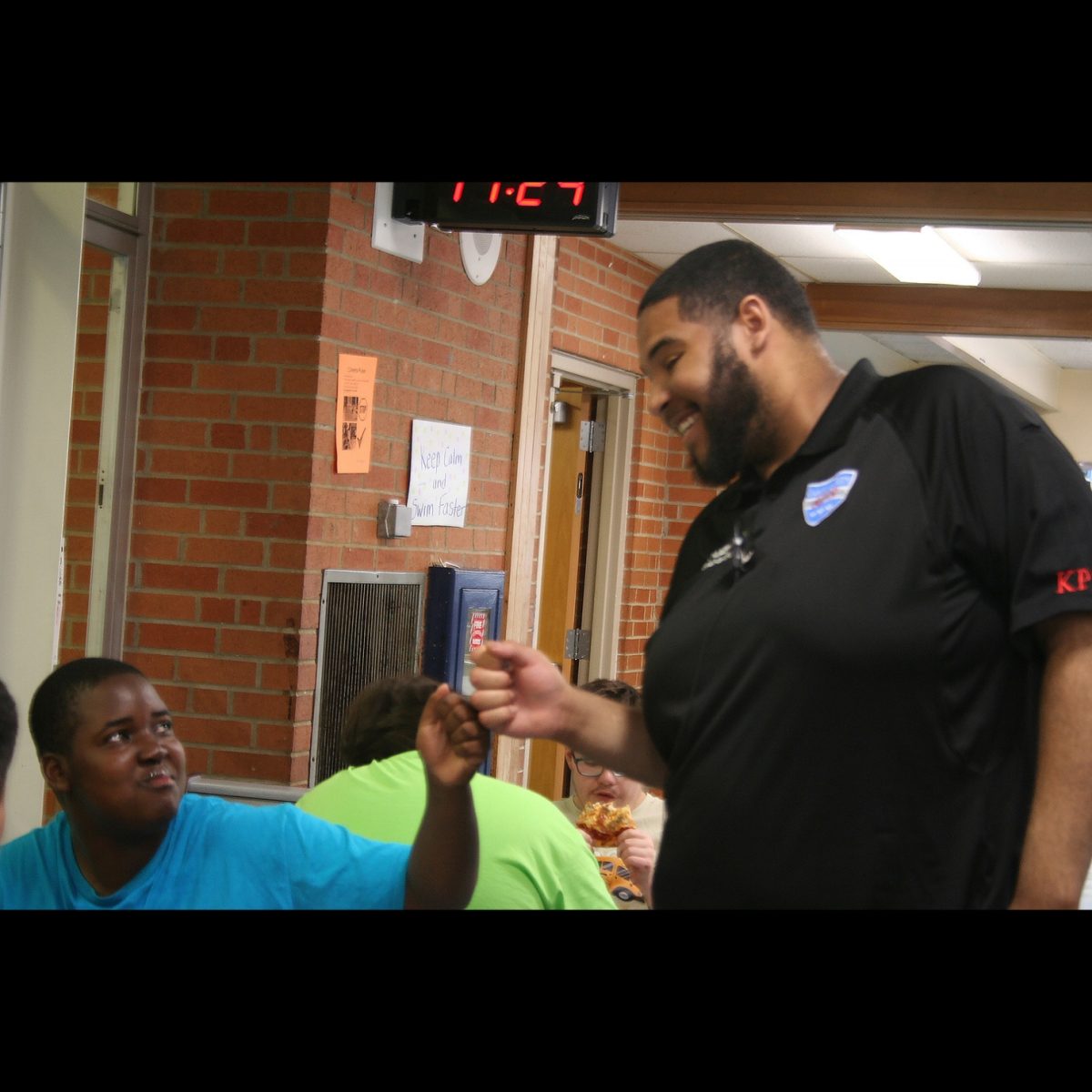
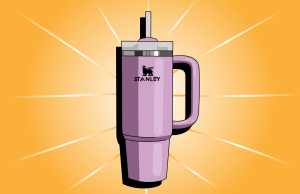
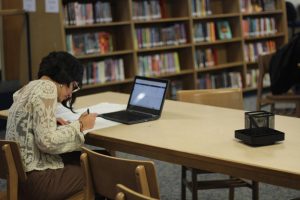



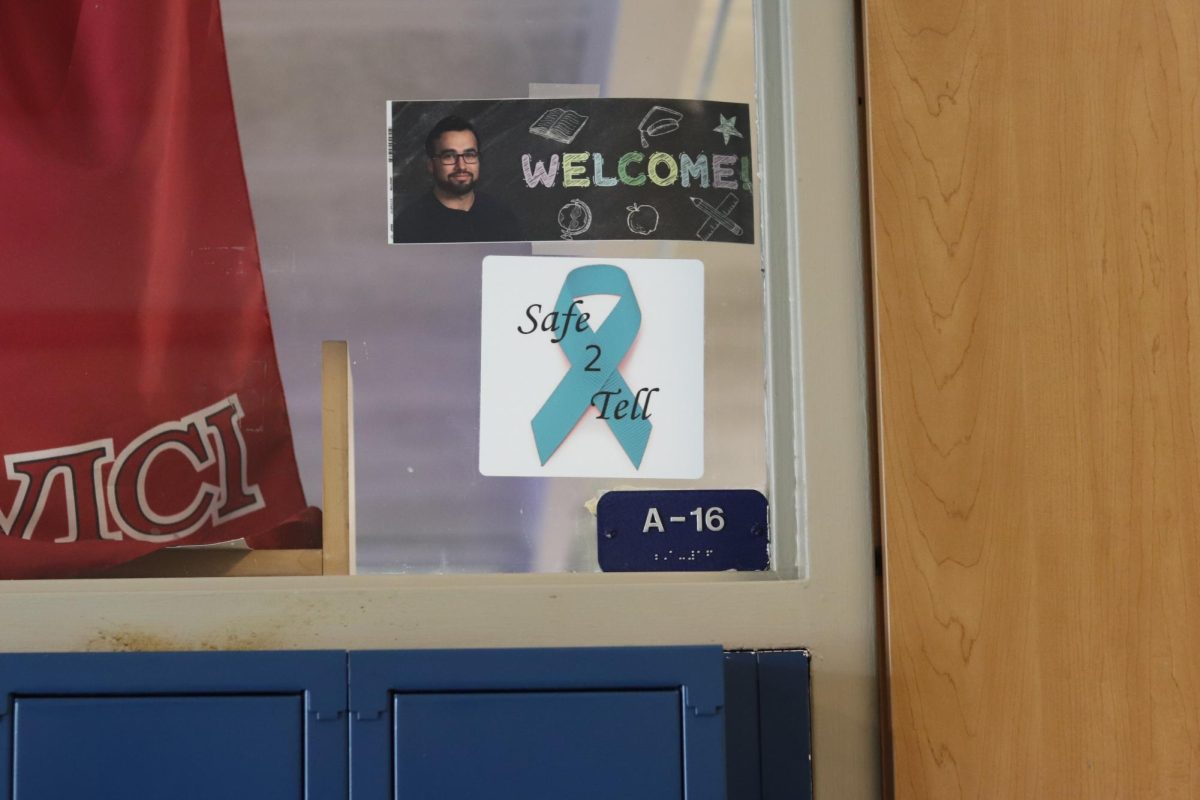
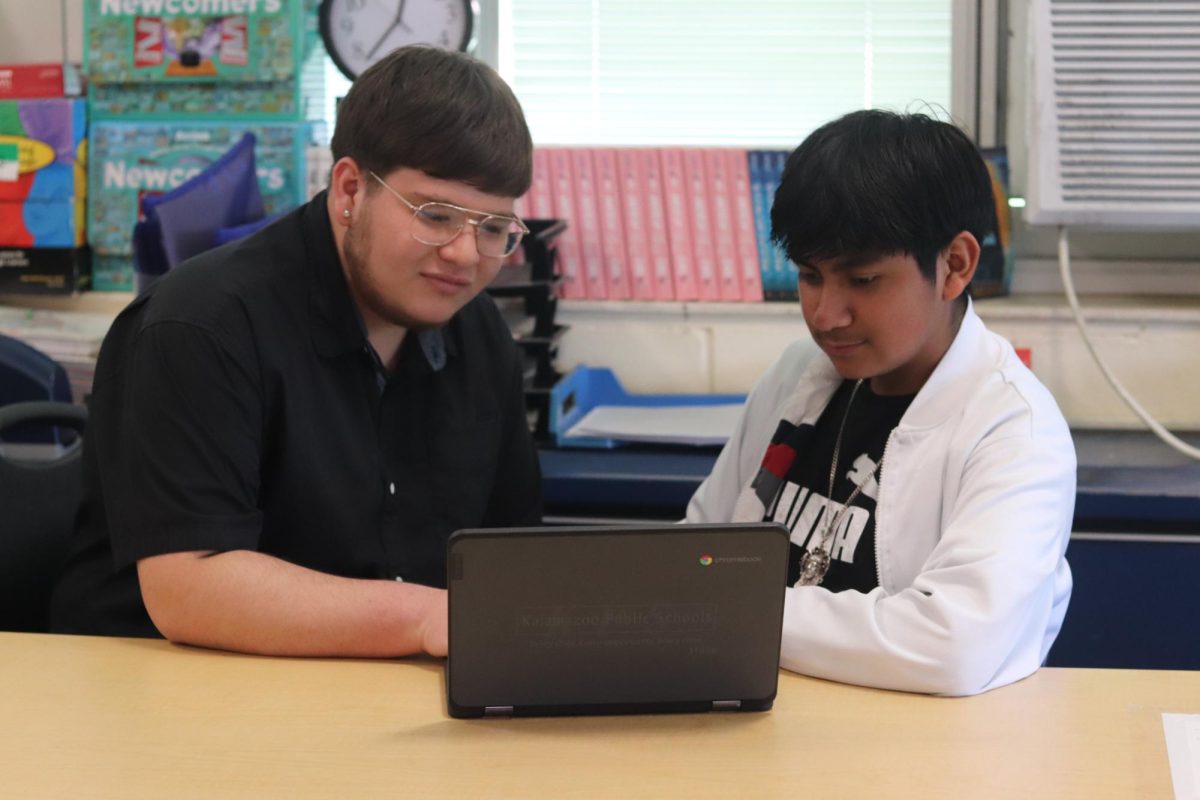
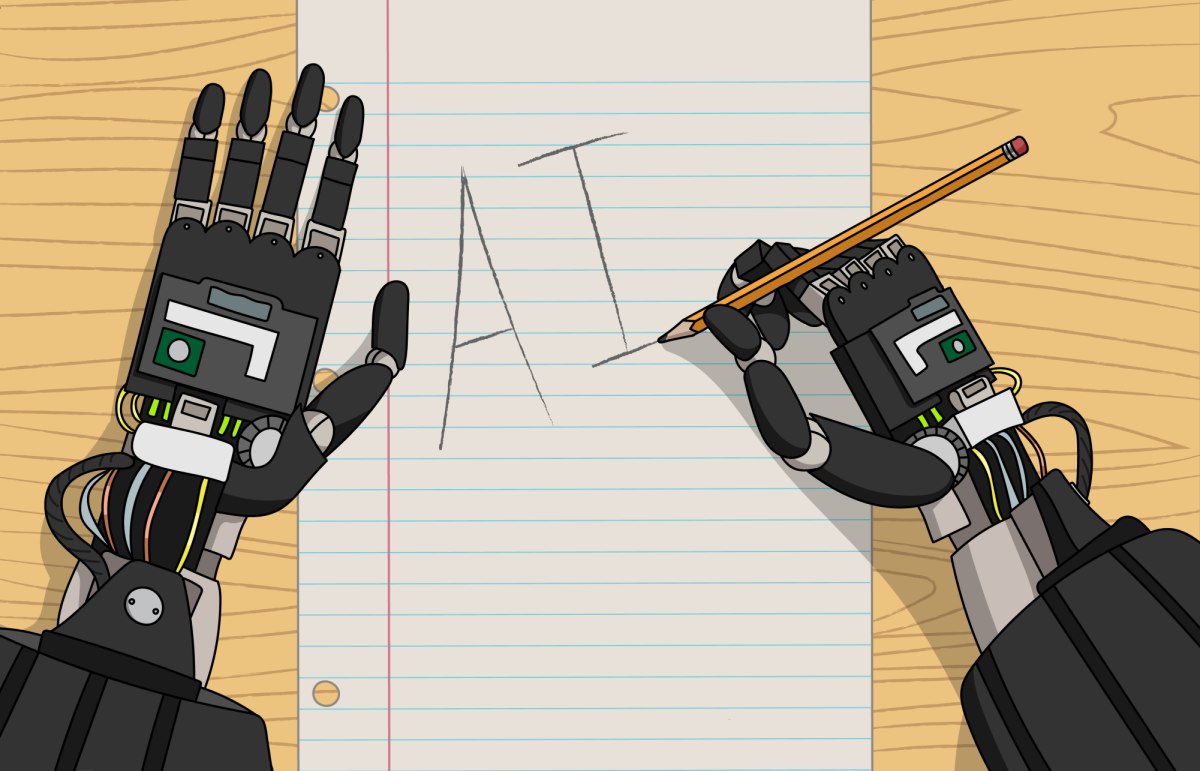
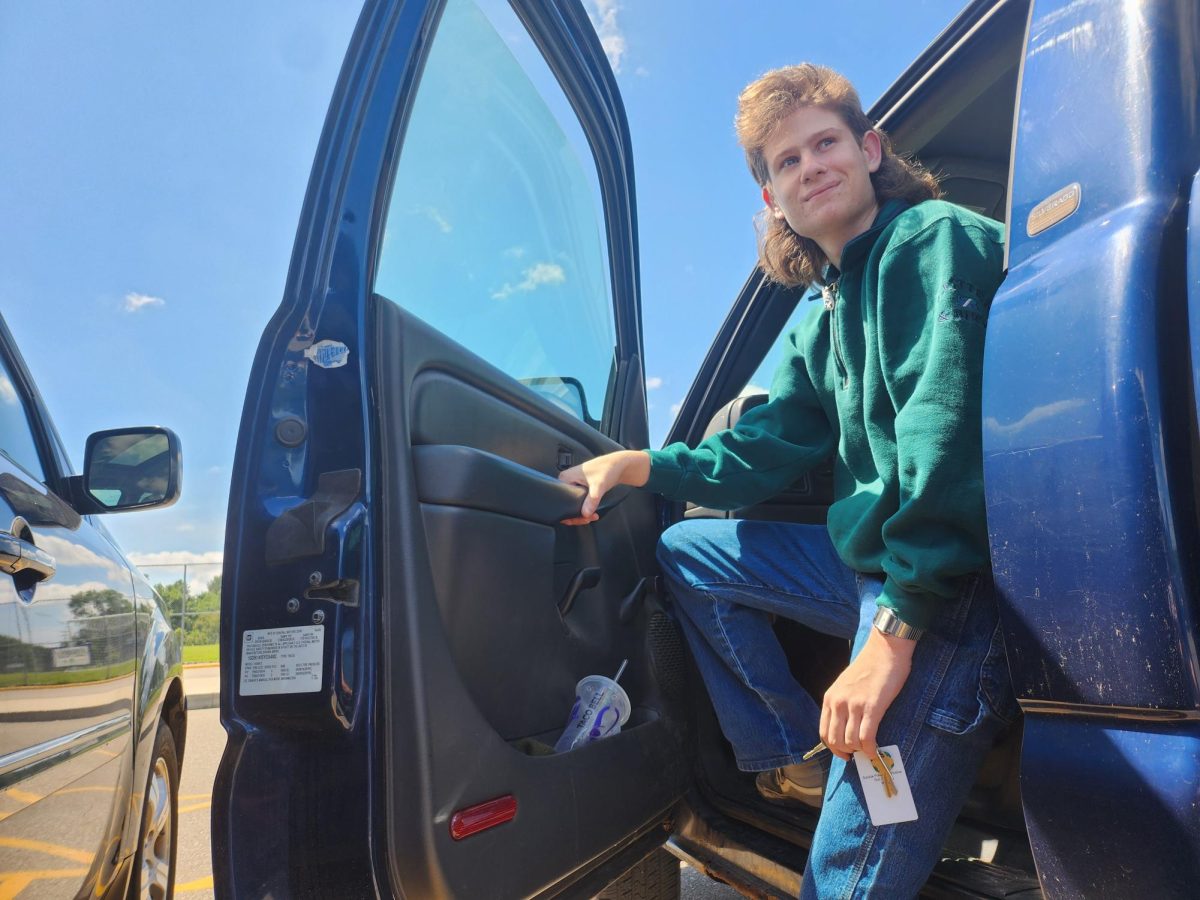

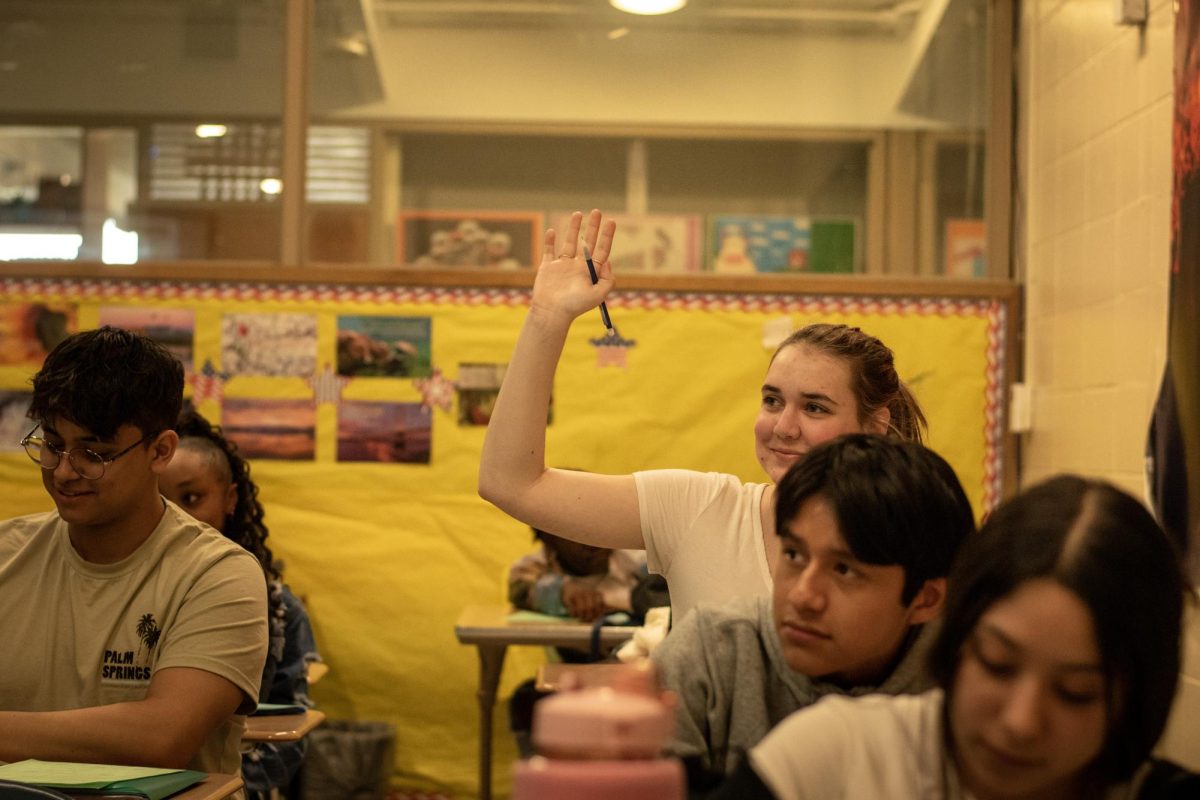
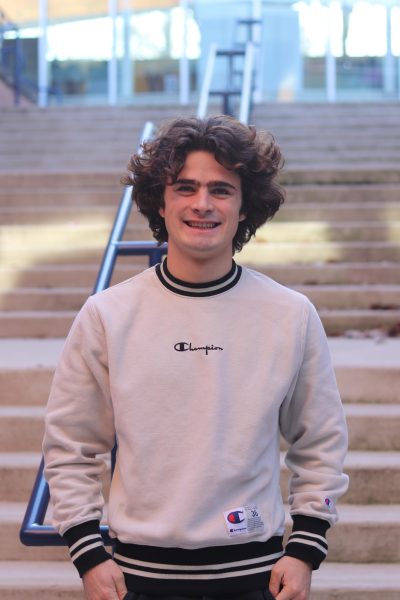
Elliot Russell • Dec 7, 2023 at 12:23 pm
Well done, friends. Keep up the good reporting on this topic.
Gordie Jennings • Dec 6, 2023 at 6:57 pm
Great article guys
Remy • Dec 6, 2023 at 6:32 pm
That’s what’s up
Carter Pickett • Dec 6, 2023 at 9:04 am
Amazing article. I really hope they do something about this.